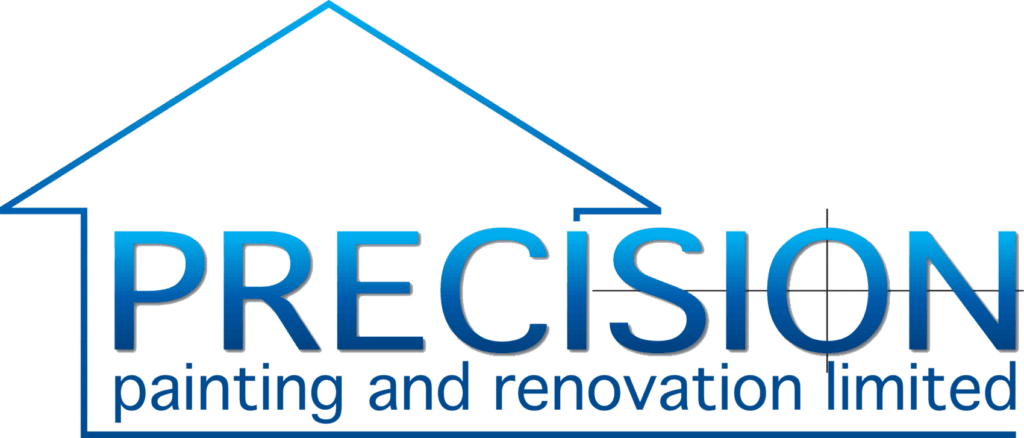Indoor air quality plays a crucial role in overall health and comfort, especially for homeowners and families who spend long hours indoors. Many people think about air purifiers, ventilation systems, or cleaning methods to maintain better air, but one often overlooked factor is the condition of interior walls. A fresh coat of paint, applied by the best painting contractor, does far more than refresh a room’s appearance—it directly influences the quality of air you breathe inside your home. The right paint products and techniques can reduce harmful pollutants, seal surfaces, and create a safer, cleaner atmosphere.
Why Indoor Air Quality Matters?
The air inside homes and offices is often more polluted than the air outside, primarily because enclosed spaces trap dust, allergens, mold spores, and volatile organic compounds (VOCs). Poor indoor air quality can cause headaches, respiratory issues, fatigue, and long-term health problems. Walls, ceilings, and surfaces absorb airborne contaminants over time, which can release pollutants back into the air. By repainting, those old residues are sealed away, and fresh, safer finishes can dramatically change the indoor environment.
Low-VOC and Zero-VOC Paints
Paint formulations have advanced significantly. Traditional paints often contained high levels of VOCs, which are chemicals that evaporate at room temperature and reduce air quality. These substances can irritate the eyes, nose, and throat while contributing to long-term health concerns. Fortunately, modern paint manufacturers now provide low-VOC and zero-VOC products. When applied properly, these paints minimize the release of harmful compounds, helping homes maintain cleaner and healthier air.
A fresh paint job using low-VOC options not only brightens spaces but also actively contributes to a healthier indoor atmosphere. Choosing the right product makes a significant difference, which is why consulting with an experienced professional matters.
Sealing Away Allergens and Pollutants
Over time, walls can accumulate layers of contaminants that aren’t easily visible. Dust, cooking fumes, smoke particles, and pet dander settle on painted surfaces. Old, chipped, or cracked paint allows these particles to remain lodged in crevices. A new paint job provides a fresh surface by sealing these microscopic irritants behind a smooth, clean layer. This process prevents pollutants from recirculating into the air and creates a more hygienic environment.
Protection Against Mold and Mildew
Moisture problems are a leading cause of poor indoor air quality. Dampness often leads to the growth of mold and mildew, which release spores and toxins into the air. Many modern paints are designed with antimicrobial properties that resist mold and mildew growth. Applying these paints in kitchens, bathrooms, or basements helps maintain cleaner walls and reduces airborne contaminants that would otherwise harm respiratory health.
Benefits Beyond Aesthetics
The visual impact of a freshly painted room is undeniable, but the benefits go deeper than looks. A new coat of paint helps:
- Improve indoor air quality by reducing VOC emissions
- Seal porous surfaces that trap dust and odors
- Protect against moisture and mold buildup
- Refresh the overall atmosphere of the home
Each of these factors contributes to a healthier living space that feels not only more beautiful but also more comfortable and safer.
How Paint Choices Affect Air Quality?
Paint is not one-size-fits-all, and the specific choice directly influences indoor air. Factors to consider include:
- VOC Content: Low-VOC or zero-VOC paints are the best for air quality.
- Finish Type: Satin and semi-gloss finishes resist dirt and are easier to clean, keeping walls free from pollutants.
- Durability: Long-lasting paints reduce the frequency of repainting, limiting exposure to fumes.
- Additives: Paints with mold-resistant or odor-reducing additives improve air freshness.
By selecting the right paint, homeowners can ensure both an appealing look and a healthier environment.
Role of Proper Application
Even the best paint product cannot perform to its potential without proper application. Skilled painters ensure that surfaces are cleaned, primed, and sealed before applying new coats. This preparation eliminates dust and debris, allowing the paint to bond better and provide long-lasting protection. The techniques used by professionals also minimize uneven coverage, ensuring that contaminants are effectively sealed behind smooth surfaces.
Long-Term Health Advantages
A fresh paint job doesn’t just provide immediate improvements. Over time, it reduces the risk of breathing-related health issues caused by VOCs, mold, or allergens. Cleaner walls mean fewer irritants in the air, leading to healthier sleep, better concentration, and fewer respiratory flare-ups. Families with children, elderly members, or individuals with asthma benefit significantly from cleaner indoor air supported by quality paint applications.
Contribution to Cleaner Living Environments
A well-painted interior creates a psychological effect as well. Fresh, clean surfaces encourage occupants to maintain tidier spaces, reducing clutter and dust buildup. Cleaner living conditions naturally complement improved indoor air quality, reinforcing the overall health benefits of a professional paint job.
Signs It’s Time for a Fresh Paint Job
Homeowners often delay repainting until the walls look worn out, but waiting too long means air quality suffers. Signs that repainting could help include:
- Faded or discolored walls
- Peeling, bubbling, or cracked paint
- Lingering odors from cooking, smoke, or pets
- Recurring mold or mildew patches
- Increased allergy or respiratory symptoms indoors
Recognizing these indicators allows timely action, keeping both the appearance and the air quality of a space in top condition.
Psychological and Environmental Benefits
Fresh paint impacts mood and comfort. Clean, bright walls foster a sense of calm and wellness, while the absence of lingering odors or pollutants creates a fresher indoor environment. By reducing exposure to harmful compounds, families not only breathe easier but also feel more relaxed in their living spaces.
Sustainable Painting Practices
Another factor that supports indoor air quality is the shift toward eco-friendly painting practices. Using paints made with natural pigments, recycled content, or sustainable packaging reduces overall environmental impact. These choices align with healthier living, ensuring that the benefits of repainting extend beyond aesthetics and directly support indoor health.
Maintaining Indoor Air Quality After Painting
While a fresh paint job makes a big difference, proper care afterward sustains the benefits. To maintain cleaner air after repainting:
- Keep rooms ventilated during and shortly after painting.
- Regularly dust and clean walls to prevent buildup.
- Avoid smoking indoors, which cancels out the benefits.
- Use air purifiers and houseplants to support clean air.
- Inspect areas prone to moisture and address leaks promptly.
These habits extend the longevity of both the paint and the air quality improvements.

